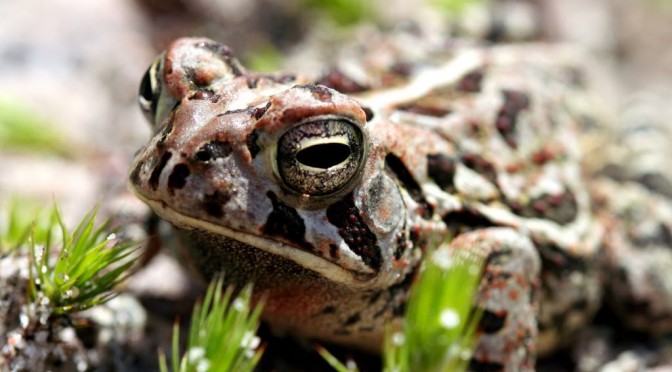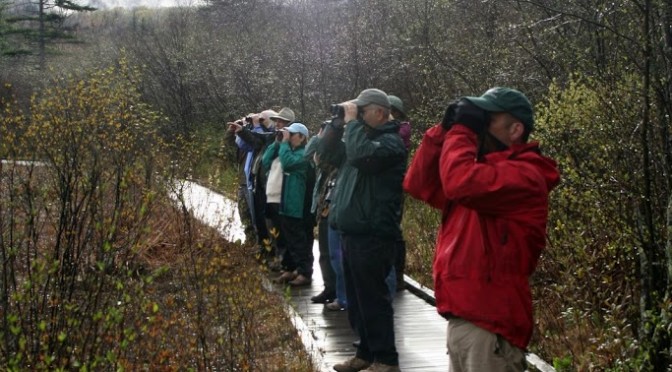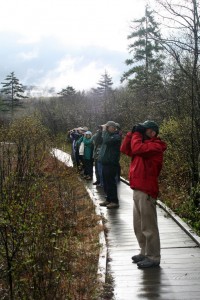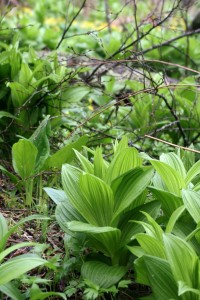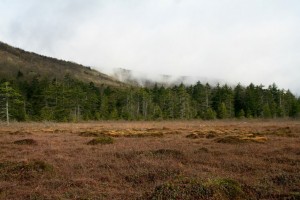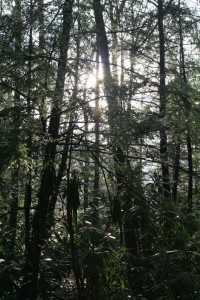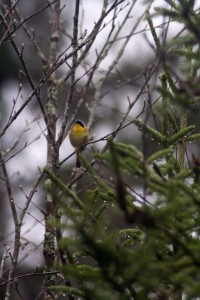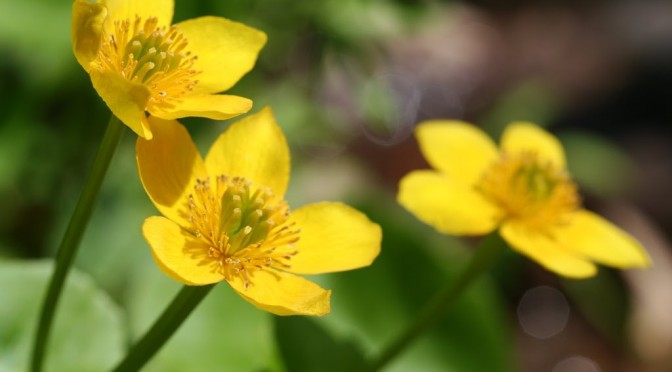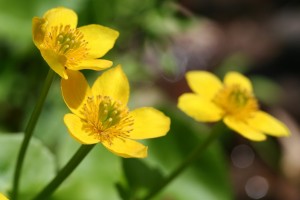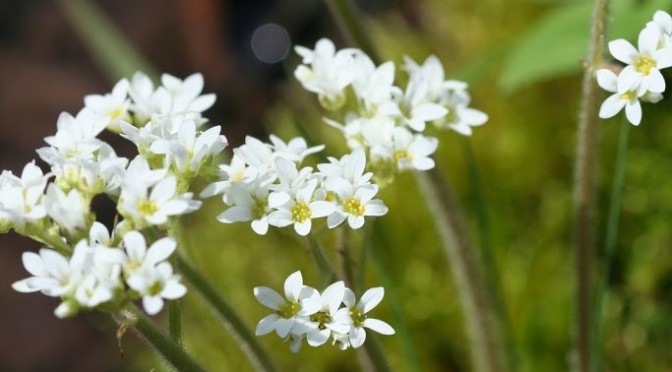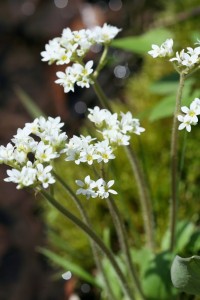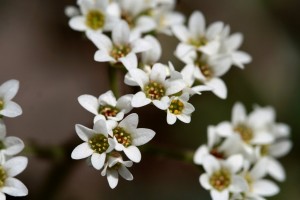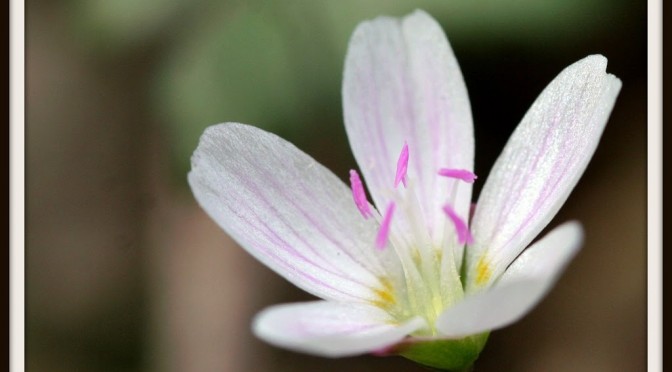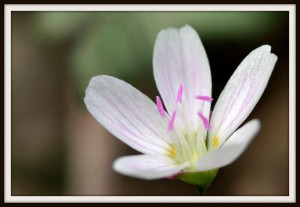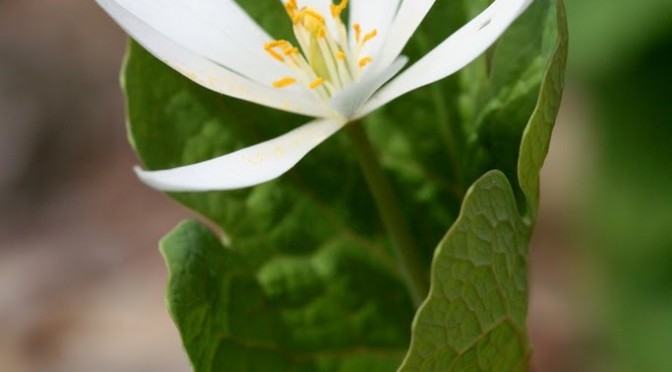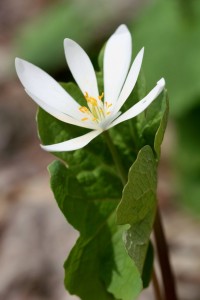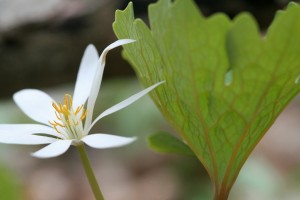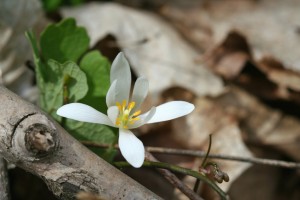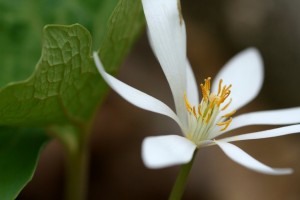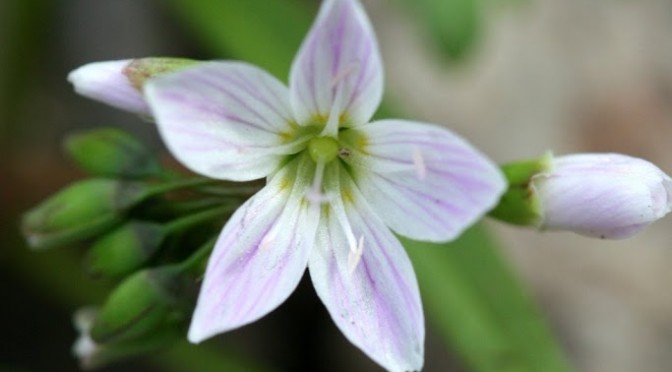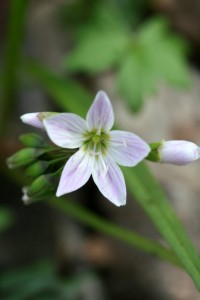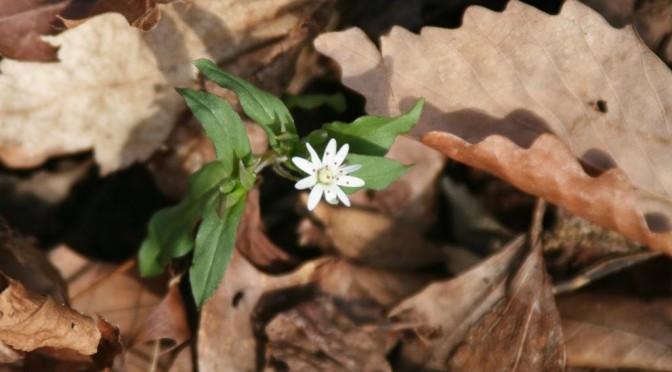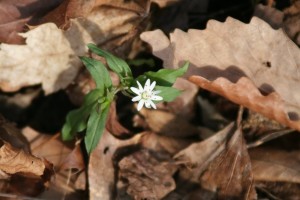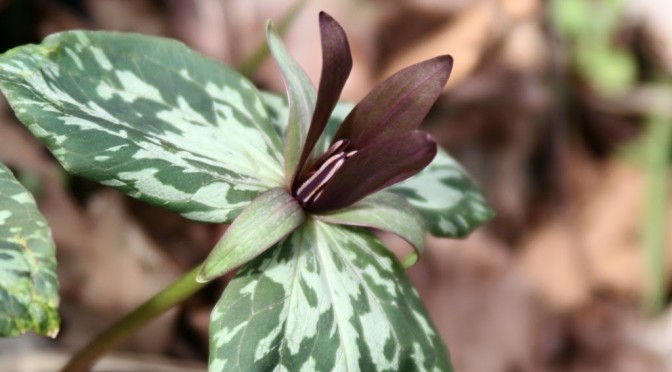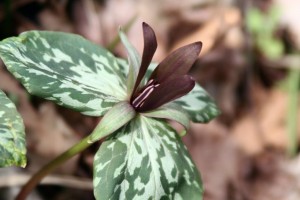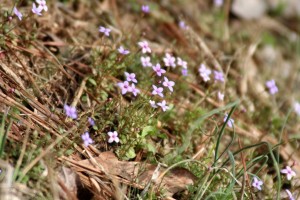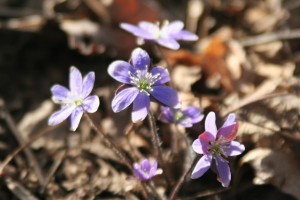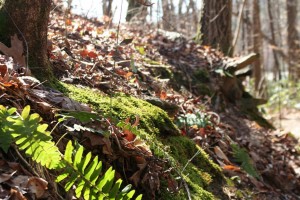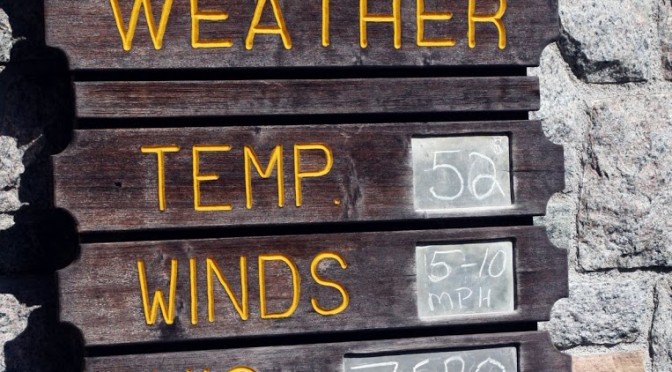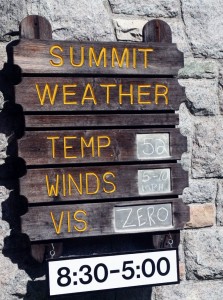 Our last day in the Adirondacks (three weeks ago already!) was the best weather-wise for a visit to Whiteface Mountain. We’d waited around for a couple hours for the clouds to clear, visited a few favorite bug-infested spots, and then made our way to the toll road entrance at the bottom of the mountain. The weather board didn’t have very promising news: zero visibility and a balmy 52 degrees at the summit.
Our last day in the Adirondacks (three weeks ago already!) was the best weather-wise for a visit to Whiteface Mountain. We’d waited around for a couple hours for the clouds to clear, visited a few favorite bug-infested spots, and then made our way to the toll road entrance at the bottom of the mountain. The weather board didn’t have very promising news: zero visibility and a balmy 52 degrees at the summit.
Many years, the little stone building there has a wonderful collection of moths in attendance, including Luna moths, but there were none this year. I’ll never forget the time we watched a little chickadee carry off a Luna twice its size.
😉
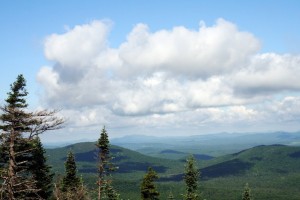 The views of balsam and spruce going up were lovely; we’d stop every couple turns around the mountain, add a layer of clothing, listen for birds and pile back into the vans.
The views of balsam and spruce going up were lovely; we’d stop every couple turns around the mountain, add a layer of clothing, listen for birds and pile back into the vans.
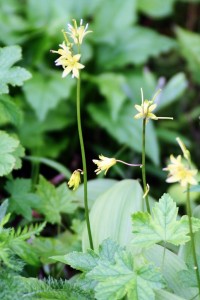 Scott found a nice patch of Clintonia for me, also called Bluebead Lily. A poor picture of a very pretty little wildflower.
Scott found a nice patch of Clintonia for me, also called Bluebead Lily. A poor picture of a very pretty little wildflower.
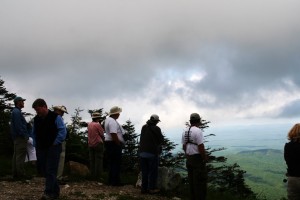 The higher we went, the more the clouds encroached on us. At this point, some of the group hiked the rest of the way to the summit; us really bird-oriented people stayed behind and listened for Bicknell’s Thrush.
The higher we went, the more the clouds encroached on us. At this point, some of the group hiked the rest of the way to the summit; us really bird-oriented people stayed behind and listened for Bicknell’s Thrush.
😉
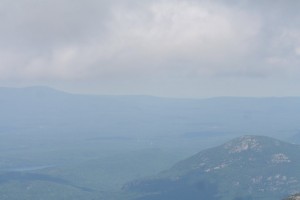 Our view from the summit: somewhat disappointing considering how far one might see from this spot. I did manage to spot a speck bird that turned itself into a Bald Eagle; that was nice to add to the trip list!
Our view from the summit: somewhat disappointing considering how far one might see from this spot. I did manage to spot a speck bird that turned itself into a Bald Eagle; that was nice to add to the trip list!
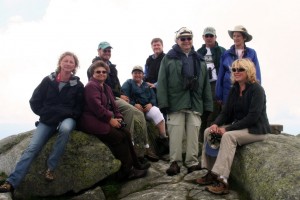 The obligatory group photo at the top of the world.
The obligatory group photo at the top of the world.
Trip List (compiled by Scott):
Birds (1st # indicates the # of days recorded/2nd # indicates highest daily total or estimate):
Canada Goose (4/30)
Wood Duck (2/4)
Mallard (4/6)
Ring-necked Duck (1/2)
Hooded Merganser (2/8)
Common Merganser (2/2)
Ring-necked Pheasant (1/1)
Ruffed Grouse (1/3)
Wild Turkey (3/3)
Common Loon (1/1)
American Bittern (1/1)
Great Blue Heron (4/15)
Black Vulture (1/2)
Turkey Vulture (3/x)
Osprey (3/2)
Bald Eagle (1/1)
Sharp-shinned Hawk (1/1)
Cooper’s Hawk (2/1)
Broad-winged Hawk (2/2)
Red-tailed Hawk (3/2)
Am. Kestrel (1/4)
Killdeer (2/5)
Ring-billed Gull (4/4)
Herring Gull (2/1)
Rock Pigeon (4/x)
Mourning Dove (4/x)
Chimney Swift (4/18)
Ruby-throated Hummingbird (3/4)
Belted Kingfisher (2/2)
Yellow-bellied Flycatcher (2/12)
Hairy Woodpecker (2/3)
Black-backed Woodpecker (3/3)
Northern Flicker (4/5)
Pileated Woodpecker (3/2)
Olive-sided Flycatcher (1/2)
Yellow-bellied Flycatcher (2/2)
Alder Flycatcher (2/2)
Willow Flycatcher (1/1)
Least Flycatcher (2/5)
Eastern Phoebe (3/2)
Eastern Kingbird (2/2)
Blue-headed Vireo (3/12)
Red-eyed Vireo (4/15)
Gray Jay (1/1)
Blue Jay (4/x)
American Crow (4/x)
Common Raven (4/3)
Tree Swallow (2/4)
Barn Swallow (4/12)
Boreal Chickadee (1/2)
Black-capped Chickadee (3/6)
Red-breasted Nuthatch (3/20)
House Wren (2/2)
Winter Wren (3/12)
Golden-crowned Kinglet (2/10)
Ruby-crowned Kinglet (2/4)
Eastern Bluebird (4/6)
Veery (2/2)
Bicknell’s Thrush (1/5)
Hermit Thrush (2/10)
American Robin (4/x)
Gray Catbird (2/4)
Northern Mockingbird (1/2)
European Starling (4/x)
Cedar Waxwing (4/14)
Nashville Warbler (3/20)
Northern Parula (3/14)
Yellow Warbler (1/2)
Chestnut-sided Warbler (3/5)
Magnolia Warbler (3/10)
Black-throated Blue Warbler (3/6)
Yellow-rumped Warbler (3/15)
Black-throated Green Warbler (3/8)
Blackburnian Warbler (3/12)
Pine Warbler (3/4)
Palm Warbler (2/3)
Blackpoll Warbler (1/4)
Black-and-white Warbler (1/2)
American Redstart (2/2)
Ovenbird (3/8)
Mourning Warbler (1/3)
Common Yellowthroat (4/10)
Canada Warbler (1/2)
Scarlet Tanager (2/2)
Eastern Towhee (1/2)
Chipping Sparrow (4/x)
Field Sparrow (1/1)
Savannah Sparrow (2/8)
Grasshopper Sparrow (1/2)
Song Sparrow (4/x)
Lincoln’s Sparrow (2/5)
Swamp Sparrow (3/15)
White-throated Sparrow (3/x)
Dark-eyed Junco (3/10)
Northern Cardinal (1/2)
Indigo Bunting (2/3)
Bobolink (1/4)
Red-winged Blackbird (4/x)
Common Grackle (4/x)
Brown-headed Cowbird (2/x)
Baltimore Oriole (1/1)
Purple Finch (3/5)
Red Crossbill (1/1)
American Goldfinch (4/x)
House Sparrow (4/x)
105 species
Butterflies:
Canadian Tiger Swallowtail
Black Swallowtail
Cabbage White
Pink-edged Sulphur
Summer Azure
Great Spangled Fritillary
Atlantis Fritillary
Silvery Checkerspot
Northern Crescent
Question Mark
White Admiral
Viceroy
Northern Pearly-eye
Common Ringlet
Monarch
Arctic Skipper
European Skipper
Indian Skipper
Long Dash
Hobomok Skipper
Common Roadside Skipper
Mammals:
White-tailed Deer
Woodchuck
Snowshoe Hare
Eastern Cottontail
Eastern Chipmunk
Red Squirrel
Gray Squirrel
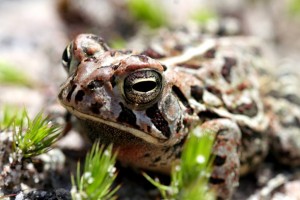 A Fowler’s Toad who was nice enough to let me get right up in his face.
A Fowler’s Toad who was nice enough to let me get right up in his face.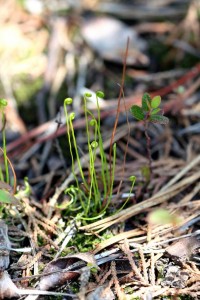 Hold onto your seats! This is a really, really rare plant… Curly Grass Fern… it’s only about an inch tall.
Hold onto your seats! This is a really, really rare plant… Curly Grass Fern… it’s only about an inch tall.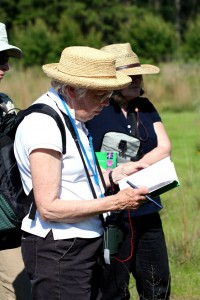 I had company in my wanderings today, and this sweet lady had the patience to puzzle through her wildflower guide with me… we were trying to sort out the difference between Staggerbush and Fetterbush.
I had company in my wanderings today, and this sweet lady had the patience to puzzle through her wildflower guide with me… we were trying to sort out the difference between Staggerbush and Fetterbush.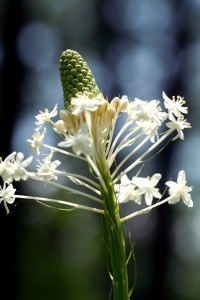 Beautiful! Rick Radis found Turkey Beard for us… I’d been looking for this for a couple years… now I know a spot to find it!
Beautiful! Rick Radis found Turkey Beard for us… I’d been looking for this for a couple years… now I know a spot to find it!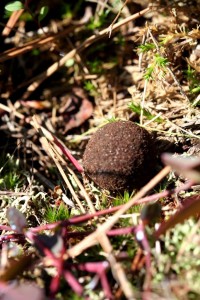 A dung ball… sans the accompanying beetles… I scared them off trying to get a better pic of them… very cool, anyway.
A dung ball… sans the accompanying beetles… I scared them off trying to get a better pic of them… very cool, anyway.